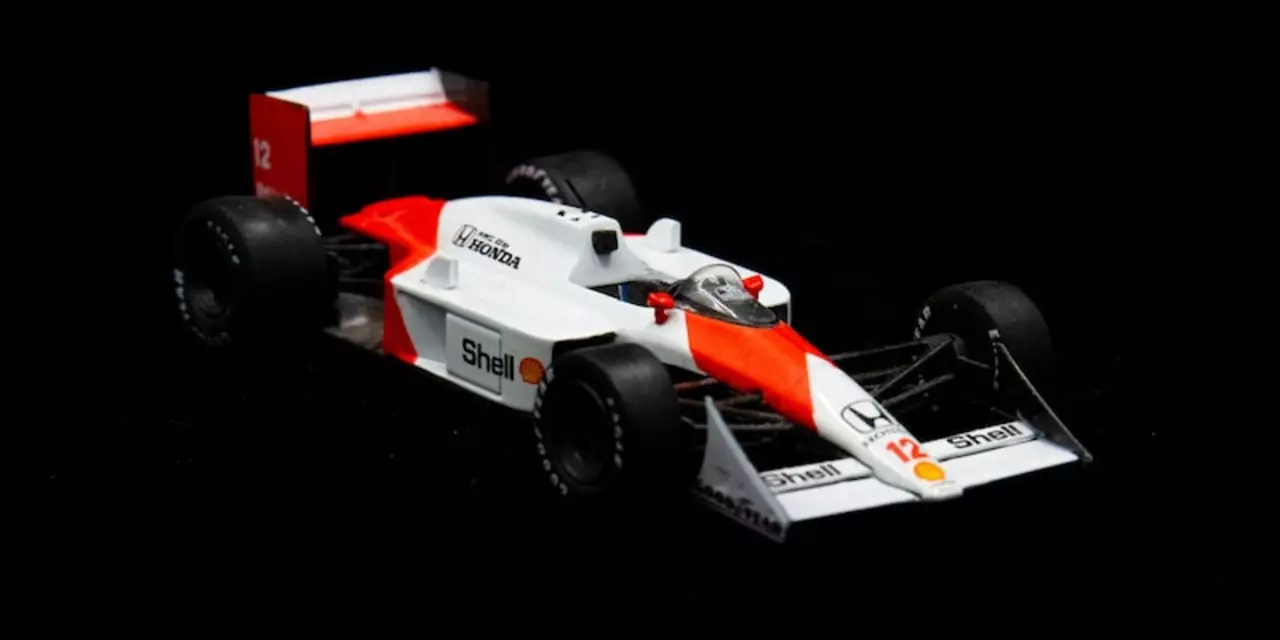Certifications in Racing: What They Are and Why They Matter
If you’re serious about getting behind the wheel of a race car, a certification isn’t just a piece of paper – it’s the gateway to safety, credibility, and better opportunities. From local club licenses to FIA super‑licences, each level tells promoters and sponsors that you’ve met a set of proven standards.
Most newcomers think certification is only for pros, but the truth is the basics start at the track you train on. A regional karting license, for example, shows you understand flag rules, basic car control, and emergency procedures. Without that, many circuits won’t let you even start a session.
Key Types of Racing Certifications
Club Licenses – Issued by local motorsport clubs, these cover entry‑level karting, autocross, and track days. You’ll usually need a short safety course and a medical check.
National Licenses – Managed by bodies like the SCCA (USA) or MSA (UK), they let you race in regional championships. Tests often include a timed lap, a skid‑pad, and a brake‑check.
International Licenses – The FIA issues graded licences (Bronze, Silver, Gold, Platinum). To move up, you need race experience, age requirements, and a solid safety record.
Specialized Certifications – These focus on specific skills such as endurance racing, rally navigation, or safety‑car operation. They’re optional but give you an edge for niche series.
How to Earn Your First Racing License
Step one is a health clearance. Most licensing bodies ask for a basic doctor’s form confirming you can handle high‑G forces and heat. If you have any heart issues, be ready to discuss them with a sports‑medicine specialist.
Next, sign up for a recognized driver‑training program. Many tracks run a one‑day “Intro to Racing” course that covers flag etiquette, seat‑belt usage, and basic car dynamics. The course usually ends with a short on‑track assessment – think a few laps under supervision.After you pass the assessment, you submit an application with your result sheet, a passport‑style photo, and a fee. The fee varies: a club license can be as low as $50, while a national licence often costs $200–$300.
Once approved, you’ll receive a physical licence and a digital record. Keep both handy – you’ll need the physical card for track entry and the digital version for race‑organizer paperwork.
Finally, never stop learning. Most licences require renewal every year, and many organisations ask for a refresher course or a minimum number of logged hours. Treat each refresher as a chance to tighten your skills, not just a bureaucratic step.
Getting certified also opens doors beyond the track. Sponsors look for drivers with an FIA licence because it proves you can race internationally and handle scrutiny. Teams use certifications to gauge a driver’s readiness for higher‑performance machinery.
In short, certifications are the foundation of a safe, professional racing career. They protect you, reassure organizers, and signal to potential partners that you’re serious about the sport. If you’re ready to go from hobbyist to competitor, start with a local driver‑school, get that first licence, and keep building from there.
What's the best way to get started in amateur racing?
0 Comments
Getting started in amateur racing can be an intimidating and daunting task. However, there are several steps that can help make the process easier. First and foremost, it is important to ensure that you have the necessary equipment, such as a racing helmet and a race car, as well as the proper licenses and certifications. Once this is taken care of, it is important to find a reputable racing league or organization to join. It is also important to research the rules of the league and understand the safety regulations. Finally, it is important to practice and hone your skills before entering a race. With these steps, you can be well on your way to becoming an amateur racer.
Read More